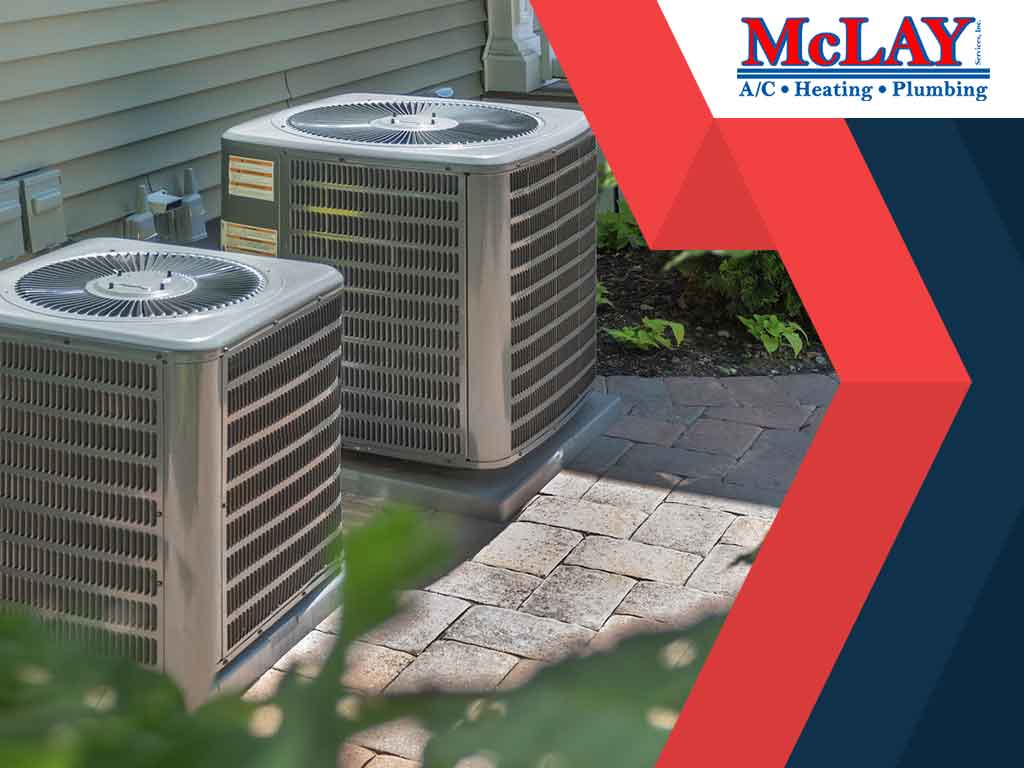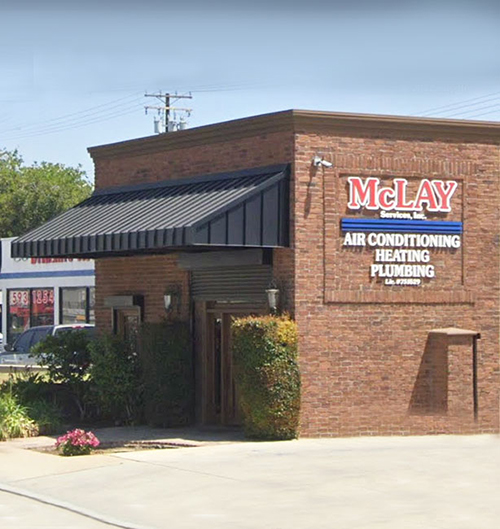Recently, researchers in Japan have developed a way to harness thermoelectric energy within a residential setting, enabling them to convert excess heat into electricity. Plumbing and heating specialist McLay Services, Inc., takes a look at this technology and its potential benefits.
Thermoelectric Energy
The law of conservation of energy states that energy can neither be created nor destroyed, but rather transformed or transferred from one form to another. In terms of indoor heating, electricity is converted to heat. Heat that is lost through improper insulation or due to air currents or cooling systems isn’t actually lost at all; it merely dissipates into the air.
Energy harvesting isn’t a new technology; solar energy has been in use for decades as a viable source of energy. Thermoelectric energy is another form of energy harvesting that converts dissipated heat into electricity. Several studies have already been conducted in this field, but thermoelectric energy has so far found use only in very specific applications such as cooling electronics in confined areas and managing laser temperatures. The U.S. Government and 13 car manufacturers have even invested in thermoelectric technology for vehicles, aiming for consumer availability by 2025.
Potential Residential Applications
One of the limitations of thermoelectric energy is that it needs high temperatures to generate electricity. Researchers at the University of Tsukuba, however, have developed a new thermoelectric system that can harness small energy differences at low temperatures. In a nutshell, this system is their version of a thermoelectric battery, which harvests heat using a thin-film device instead of liquid-based cells. While not as efficient for practical use, it’s only a matter of time before this technology becomes widely available to consumers.
We can only speculate at this point, but thermoelectric energy can be of tremendous benefit to homeowners in many ways. It can be used to supplement one’s monthly energy bills, just like solar energy, but instead of the heat being harvested from the sun, it comes from the areas where heat normally gets trapped, such as the attic. A similar harvesting system can also be integrated into HVAC systems, working like geothermal heat pumps. This is something to keep an eye on, as it could be part of our HVAC systems within the next decade.
Call McLay for Your Plumbing and Heating Needs
McLay Services is your leading provider of plumbing and heating services. If you need help with your present-day HVAC system, give us a call at (909) 326-6106 or fill out our contact form.



